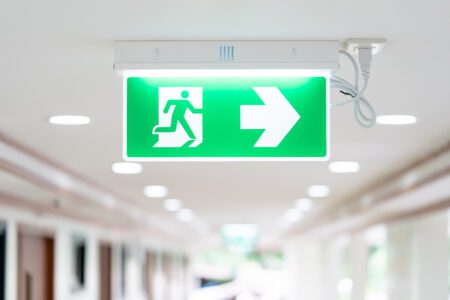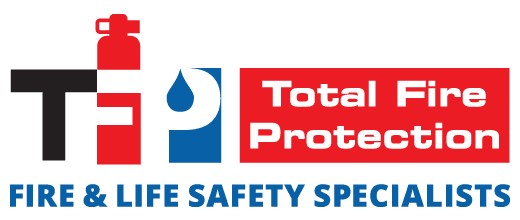Hospitals and healthcare facilities revolve around the concept of health and well-being for individuals in the community. With this in mind, you want to take the necessary steps to ensure your healthcare facility or medical office has the right fire safety precautions in place. It’s also vital that the healthcare facility has proper fire safety products set up to protect the buildings and the patients, staff, and visitors within them. Here are some reasons why fire safety in hospitals and healthcare facilities is so important and why this type of commercial building needs extra precautions in place.
Importance of Fire Safety in Hospitals and Healthcare Facilities
 Fire safety is an important concept in general. However, when you consider what could happen should a fire occur in a healthcare facility or hospital, which has many patients, employees, and visitors in the building, you’ll embrace the true necessity for top-notch fire safety products and procedures to be in place within these facilities.
Fire safety is an important concept in general. However, when you consider what could happen should a fire occur in a healthcare facility or hospital, which has many patients, employees, and visitors in the building, you’ll embrace the true necessity for top-notch fire safety products and procedures to be in place within these facilities.
When considering how to handle fire episodes in a healthcare facility should they occur, you want to explore the four principles of fire safety. These principles include life safety, notification, extinguish, and relocation/evacuation. Here are the four principles outlined in more detail:
- Life Safety: The first step is securing life safety measures so that the individuals within the building are safe. This is extremely important in a hospital setting where patients may not be able to move themselves to safety. Therefore, hospital staff will need to ensure the life safety of themselves and others.
- Notification: Once steps have been taken to ensure the immediate life safety needs of individuals in the building, it’s important that proper notification goes out to everyone in the building. This may entail pulling the fire alarm or making an announcement on the hospital intercom system. In addition, quickly contacting the fire department is a prime part of the notification phase.
- Extinguish: If able to do so, extinguishing the fire is another step on the fire safety principles list. This won’t be possible in all instances, and it’s important to not attempt extinguishing the fire if doing so would present a hazardous situation.
- Relocation/Evacuation: Another fire safety principle is relocation and evacuation. Hospital staff should move away from the fire and evacuate the building. The hospital team should have a plan in place on how to relocate and evacuate patients within the facility as well.
These four principles of fire safety may occur at different times throughout the fire emergency and will vary based on the level of fire, risks associated with it, and other factors.
Unique Fire Risks in Hospitals and Healthcare Facilities

Fire risks in hospitals and healthcare facilities differ from other commercial buildings as there are different issues at hand within these medical buildings. Some of the unique challenges faced in medical facilities during a fire event may include the following:
- Patients may have limited mobility
- Hospitals and medical facilities are highly populated buildings
- Medical equipment may add to the fire issues
- Electrical equipment may be more prevalent throughout the building
- Laboratories require special care in the event of a fire
- Pharmacies may exist within the building
- Medicine storage areas must be protected
- Kitchens and cafeteria sections of the facilities may have more fire risks
- Infrastructure makes firefighting and evacuation more challenging
For these reasons, special care and consideration is necessary for healthcare facilities regarding fire events.
Make sure your healthcare facility is ready for any fire emergency that may occur. Let Total Fire Protection help you with your fire safety needs.




